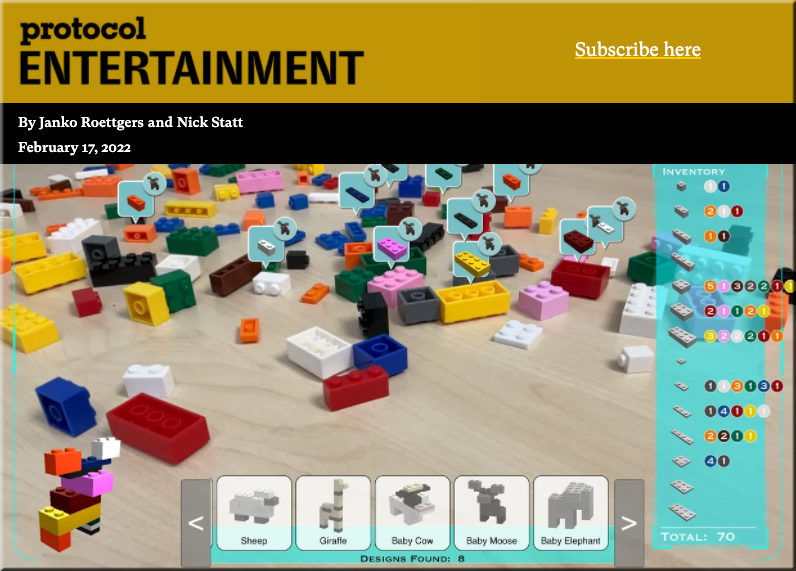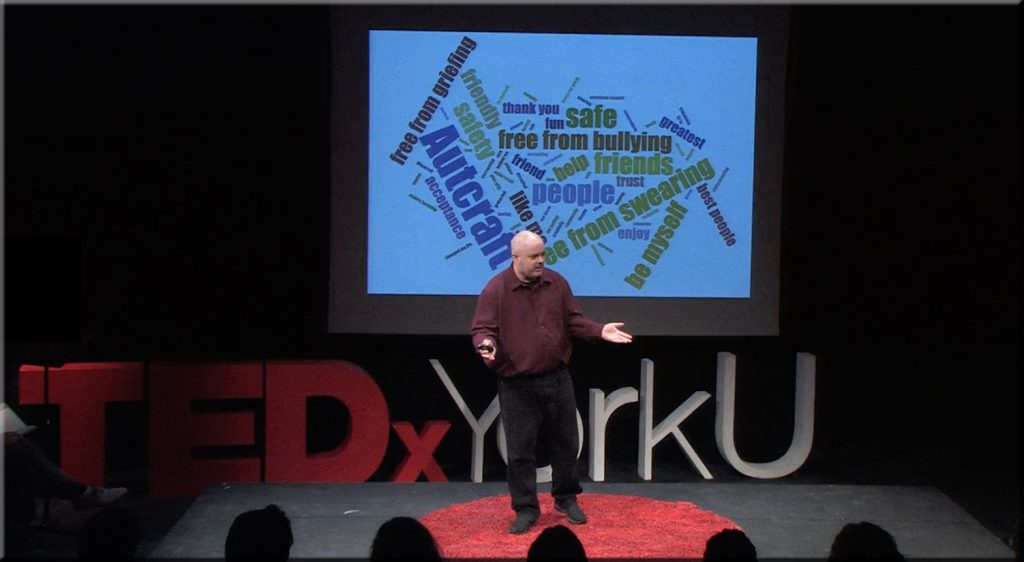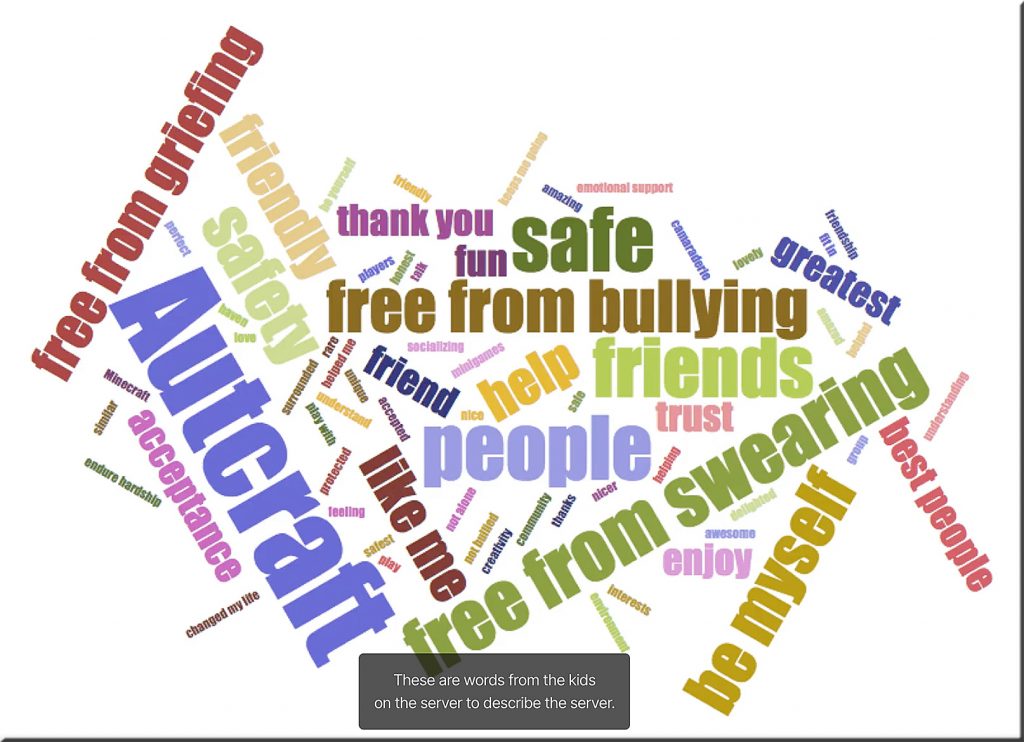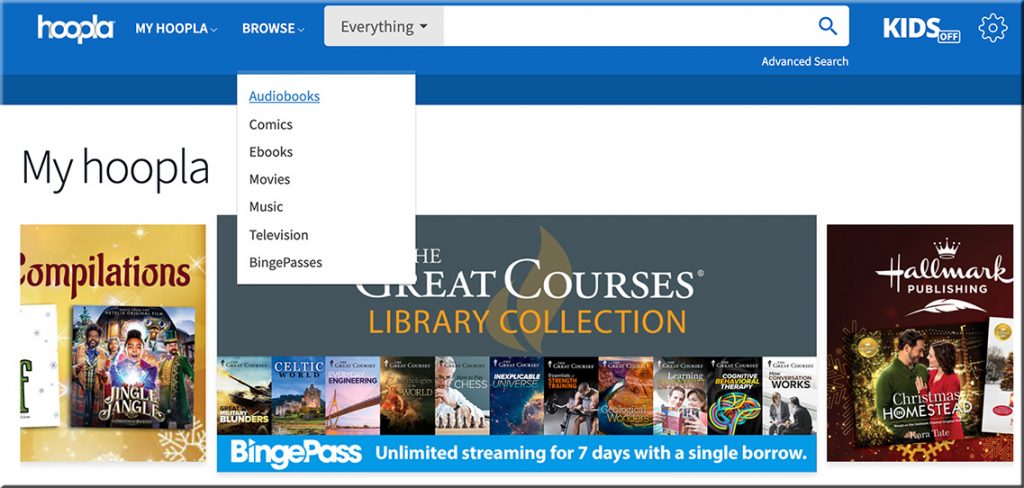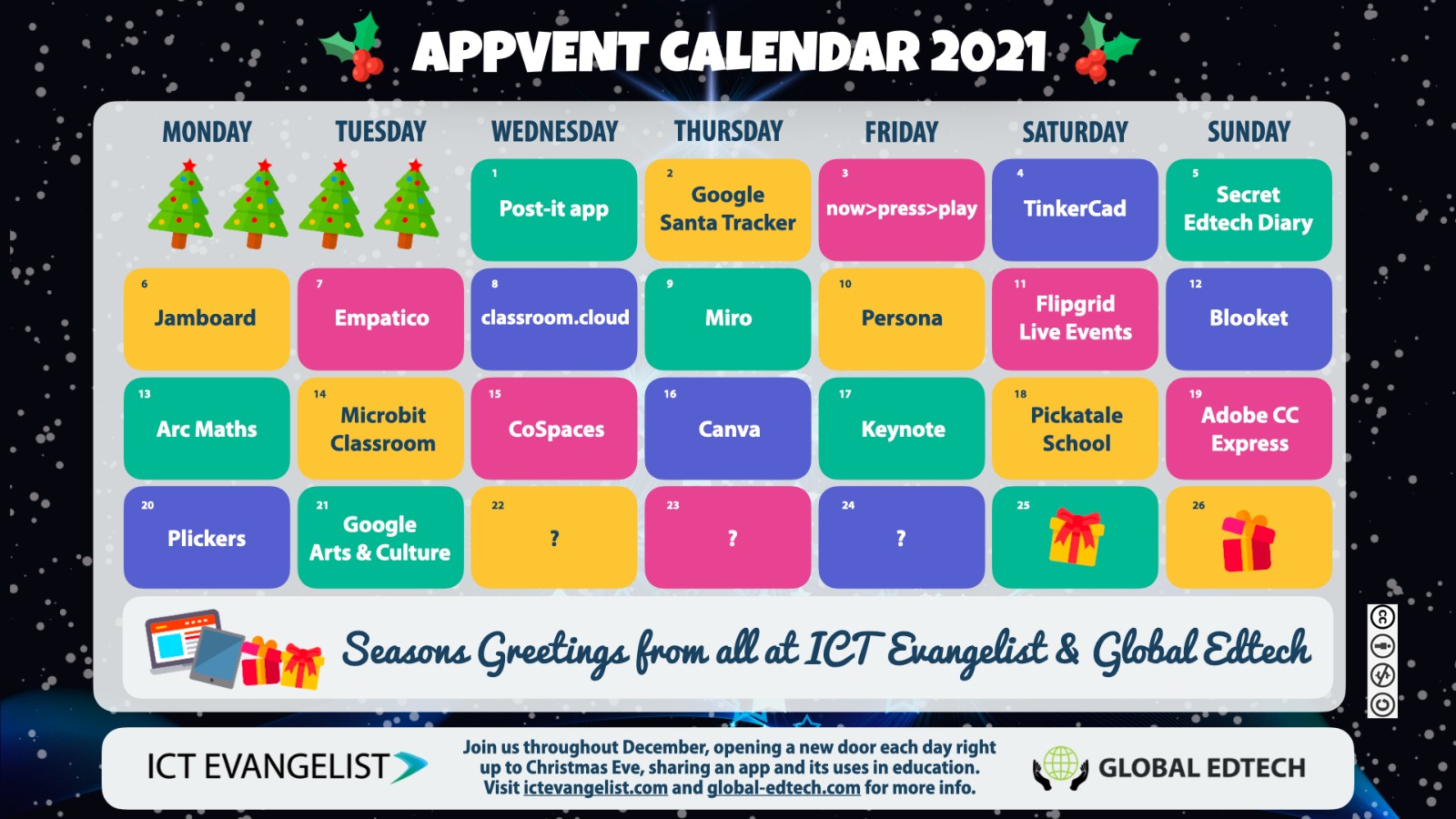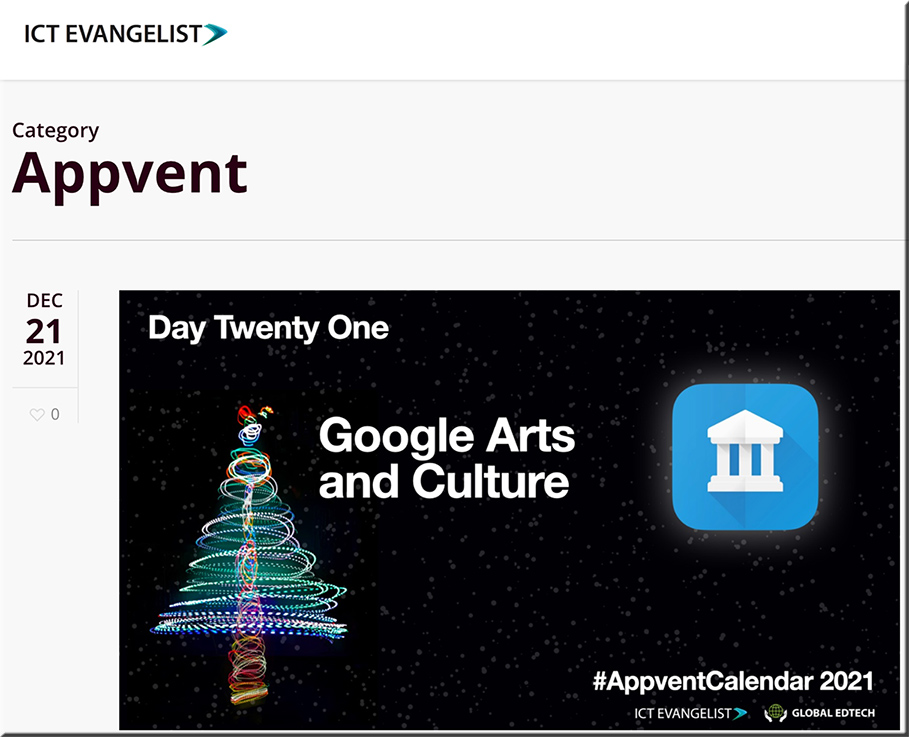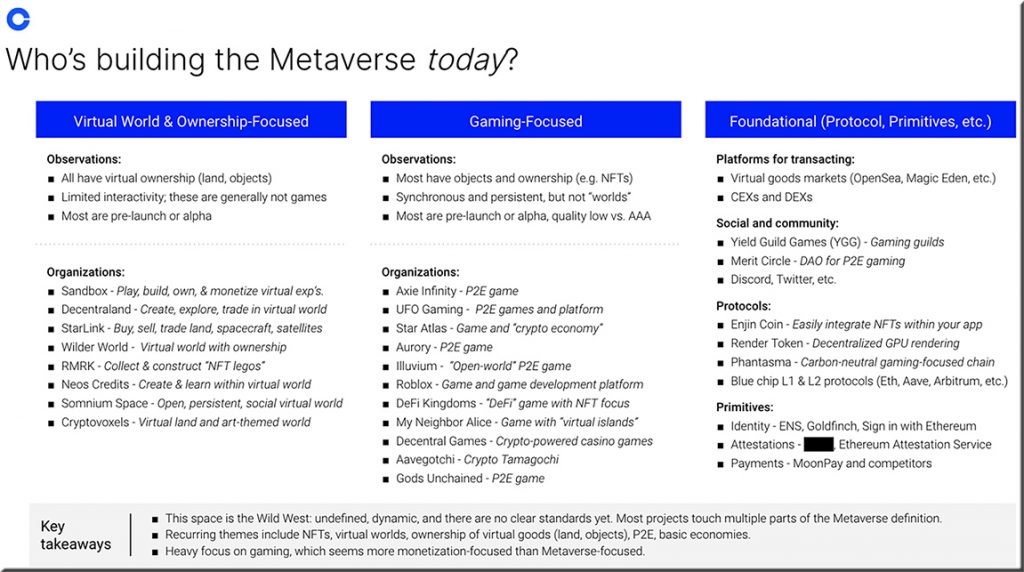
You Sleuth is a family-friendly outdoor game that requires a moderate amount of walking. You can play by yourself or with a group of friends or family. If you are looking for something new that will stimulate your mind while sneaking in a little exercise and fresh air then register today. Read the rest of the FAQ for more details about how You Sleuth works.
From DSC:
What might this look/work like for learning-related applications? Also, if you are studying to be an actor or actress, might there be some new opportunities for you here!? If you are a writer, might there be some new sorts of collaborations opening up here? As the next version of the internet is developed, what new affordances/opportunities might exist in this area?
AR object recognition can give you superpowers — from by Janko Roettgers and Nick Statt
Excerpt:
Making sense of AR, one Lego brick at a time
Singulos Research CEO and CTO Brad Quinton poured a bunch of Lego bricks onto his desk during a recent Zoom call. Then, he picked up an iPad, fired up a demo app and opened the app’s camera mode. Immediately, the app began to identify individual bricks, counting and cataloging them by shape and color, and then suggesting different animals he could build with those specific bricks.
The playful and fun demo was meant to show off the capabilities of the Perceptus Platform, an AR object-recognition technology Singulos has been building in stealth over the past three years. The platform could soon help developers build smarter AR apps and services. “It gives AR applications the visual context of what’s around them,” Quinton said, and that could be key to building AR glasses people will actually want to wear.
From DSC:
This is a great use of Augmented Reality (AR)! Very slick! It’s beneficial, practical, and likely an example of what is to come.
DC: I need to understand this better. Are we saying NVIDIA servers — and the like — can/will replace the App Stores out there for gaming-related apps?
https://t.co/8mKvtENIoN— Daniel Christian (he/him/his) (@dchristian5) January 13, 2022
Addendum on 1/17/22:
- Fortnite Is Back On Apple iOS, for Some Users — from threstreet.com by Tony Owusu
Beta testers for Fortnite on streaming cloud gaming service GeForce Now will have access to the third-person shooter through Apple’s Safari web browser.
Samsung just made the TV disappear — from protocol.com by Janko Roettgers
Samsung’s Freestyle projector is a smart TV. And not a TV at all. And a smart speaker. And … a lamp?
Excerpt:
Samsung’s TV R&D team seemingly never runs out of ideas: After giving the world a TV the size of a wall, a TV that looked like a giant phone and a TV that doubles as art, at this year’s CES, the company debuted a TV that’s capable of turning anything and everything into a screen.
The new Samsung Freestyle is a portable projector capable of projecting video from 30 inches to 100 inches. It offers access to the very same UI and apps as any of the company’s other 2022 smart TVs, but that’s pretty much where the similarities to a traditional TV end.
This is a Screen — And It Could be the Biggest Product Launch at CES 2022 — from interestingengineering.com by Grant Currin
Samsung is letting users re-imagine what their spaces can be.
Excerpt:
The new hyperflexible, hyperportable, hypercustomizable, hyperpersonalizable projector is all about what it can be for the individual user. Unconstrained by cables or presets, the Freestyle is marketed as an anything-you-want-it-to-be machine. Samsung says it will ship in the next few months.
Samsung Electronics Launches The Freestyle, a Portable Screen for Entertainment Wherever You Are — from news.samsung.com
- First-of-its-kind technology delivers optimal viewing and entertainment in a compact form factor
- Features auto-level, auto-focus and auto-keystone capabilities for perfect picture every time











